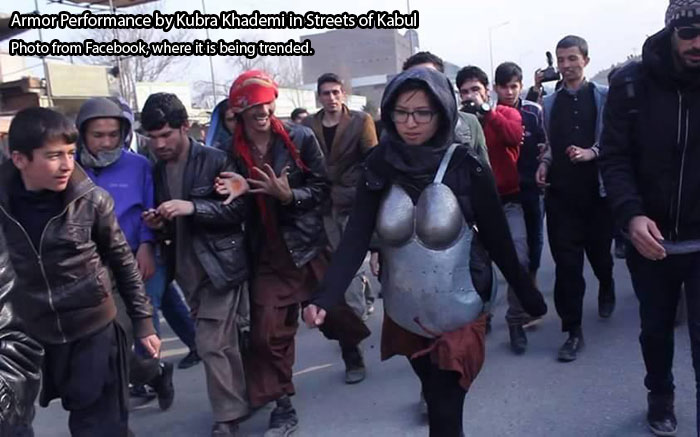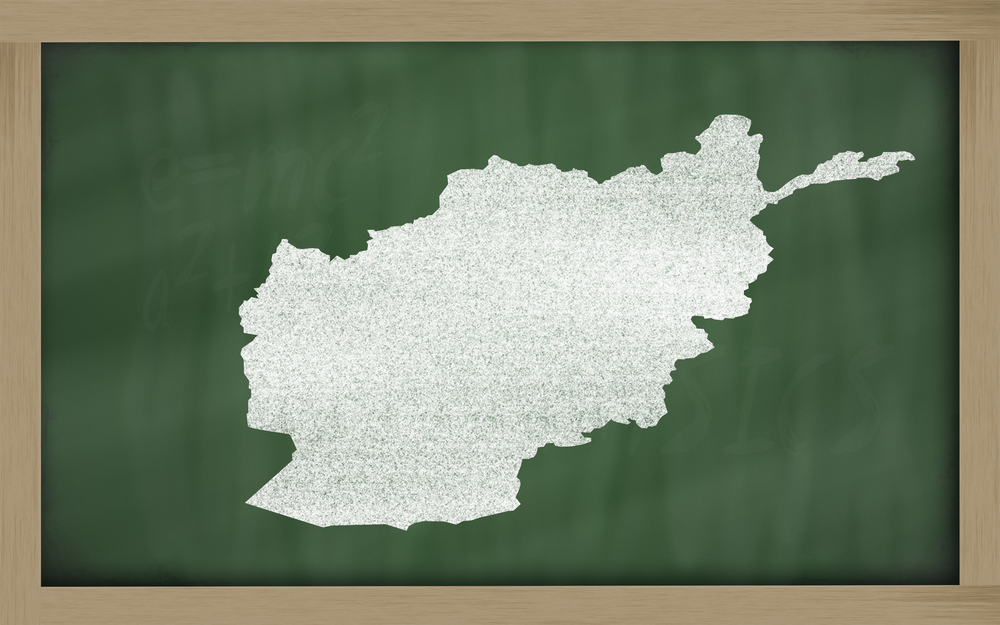Since the beginning of 2015, an impressive and growing number of women have braved the streets of Turkey and Egypt protesting sexual harassment and other forms of violence against women. Before the end of February, Turkish men endorsed and joined the mobilizations marching in miniskirts in Istanbul and posting photos of themselves in skirts on social media.
As in these and many other countries, sexual harassment and assault, rape, and domestic violence are omnipresent in Afghanistan. Violence against women here has increased 25% and the country’s first Elimination of Violence Against Women law (2012) is rarely applied with police turning their backs on victims. This culture of violence and its normalization is deeper and more widespread in Afghanistan due to tribal norms, the ideology of religious extremists like the Taliban, and other patriarchic mindsets that result in 60-80% of marriages being forced and/or underage and other atrocities such as arsons and bombings against girl schools, poison and acid attacks against girl students, and the traditional increase victimization of women and girls due to conflict.
Against this backdrop, and the high probability of being harassed on the streets for no other reason than gender, a young Afghan woman artist, Kubra Khademi, designed and wore an exaggerated breast and buttock armor in a crowded street of Kabul to condemn violence against women.

Whether male or female, the reactions of passerbys were predominately negative and echoed those expressed in a flurry of Twitter and Facebook posts. Kubra was mocked. Condemned. Called a whore. Threatened. Some even demanded she be slapped in the face. Her protest was seen as offensive to women and to Afghanistan. As a stunt to promote western culture. Her outfit was sexualized and viewed as something she dawned only to draw attention to her body parts. Not surprisingly, Kubra and a few of the women accompanying her were touched.
The media’s response was to sensationalize the street scene. Most only shared social media photos with a caption or scant article portraying Kubra as a nameless woman wearing a controversial costume in protest against sexual harassment.
There was rare mention anywhere that the day before, Kubra had circulated a Facebook announcement entitled “Armor”, stating she would be on the street at 3 pm “sharp” on February 26 for a “live performance.” Almost no one connected her protest to Kubra being a visual and performing artist and few even bothered to ask her for an explanation.
The truth is that Kubra’s inspiration for the protest or “performance” came from several traumatizing experiences of being touched or grabbed by men while walking down the street. The first occurred when she was four or five and living as a refugee with her parents in Iran during the soviet war in Afghanistan. She was so ashamed after the incident that she didn’t tell her family. Instead, she hid in the bathroom where she cried and shook with fear while imagining having some kind of underwear that could scare off such pursuers. Kubra was touched again when she returned to Kabul in 2008. This time she screamed in the street and when people gathered, instead of helping her they criticized her for making such a big deal out of the incident and no one said anything to the man who had assaulted her.
This pain has been reflected in Kubra’s art, often a mix of photographs, videos and performance exhibited in Kabul’s museums, international offices, and elsewhere. Indeed, the performance piece in her 2013 “The Moist Realities” collection included her slapping her face for half an hour to illustrate the problems and pain of Afghan women. Among other projects, Kubra was the production and costume designer and art director for the just released film Mina Walking about Afghan girls who are denied education.
Like Kubra’s performance on February 26, the women protesting in Turkey and Egypt are extremely courageous. They know, as Kubra does, that their public outrage over injustices and atrocities against women can easily trigger violence against them in the streets, in their workplaces and schools, or even in their homes. Yet they mobilize and will continue to do so on March 8, the International Day of Women, and way beyond.
Still, what Kubra did was more daring. While she was accompanied by a few friends, she alone wore the now scandalized armor in the same streets where women wearing the famous Afghan blue burkas are also sexually harassed. As an Afghan woman living in Afghanistan, she has no romantic notions about the reactions of such a performance. She totally understands the country’s misogynist and macho cultural mindset and had to have anticipated the negativity and possible danger to her life. Yet she took on this project, she says, because she wanted to ignite an open conversation about sexual harassment. And she was without a doubt successful. And impressive.
As a young Afghan woman myself, I am moved by Kubra’s selfless and dramatic performance. Regardless of the dangers and complications, we must work for peace and social justice and continue the struggle for the advancement of women’s rights in Afghanistan. We cannot return to the repression of the Taliban regime or allow the new government, because of its alliances with hard-line Islamist groups, to be lax about implementing laws and other actions preventing and protecting women and girls from violence and guaranteeing greater freedoms for women. We must speak out. We must be willing and ready to act.
Thank you, Kubra, for your inspiring example of a strong Afghan woman.







